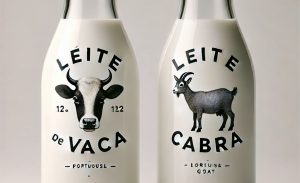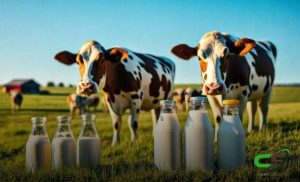The seven-day visit of dairy sector experts from Amul Cooperative Society in Gujarat, from October 12 to 18, has galvanized the hopes of the dairy farmers of Chittoor, Kadapa and Anantapur districts.
As part of the tie-up between the AP Dairy Development Cooperative Federation Limited and the Amul Dairy, the team had visited a number villages in the three districts, besides interacting with dairy farmers and studying the patterns of production and marketing.
Deputy Director (APDDCFL) G.K. Srinivasa told The Hindu that after bifurcation of A.P., the State had lost the access to better marketing facilities. Over a period of five years, though the milk production remained healthy, its marketing continued to cause a worry. “This has clearly rendered a big chunk of the dairy industry unorganized, giving scope to agent system. The tie-up with Amul is expected to boost dairy farmers’ economy by providing them remunerative prices, besides showing them a way to avail government support such as loans and other logistics such as guidelines to feed and veterinary care for the animals,” he said.
Forming societies
Chittoor district, with its daily milk production of 35-40 lakh litres, tops in the State. While 60% of the production is supplied to the private dairies through agents, the remaining stocks are disposed of through local sales and vending. The prime idea of the Amul experts’ visit is to form the societies at the village and mandal levels to benefit the dairy farmers and to check exploitation. Though this visit was only a preliminary exercise, more and more modalities would be chalked out in near future.
Private dairies
The farmers had brought to the notice of the Amul team that in the absence of cooperative societies in Chittoor district, they were forced to approach the agents for immediate payments. They observed that they were clueless as to which dairy they would be supplying their milk to. Since the closure of Chittoor dairy in 2002, followed by Madanapalle dairy later, the farmers were forced to utterly depend on the private dairies.
A senior member of the Amul dairy team said that during their interaction the farmers, they were informed that a farmer is getting j22-25 per litre depending on the fat and SNF grades. In some cases, some farmers had to sell milk at still cheaper rates due to low grades. “The tie-up will work in the direction of encouraging the dairy farmers to form into societies and develop their economy by following certain guidelines which are now in force among farmers of Amul dairies elsewhere. We have also studied the possibility of providing incentives to the farmers as had been promised by the State government,” he said.












